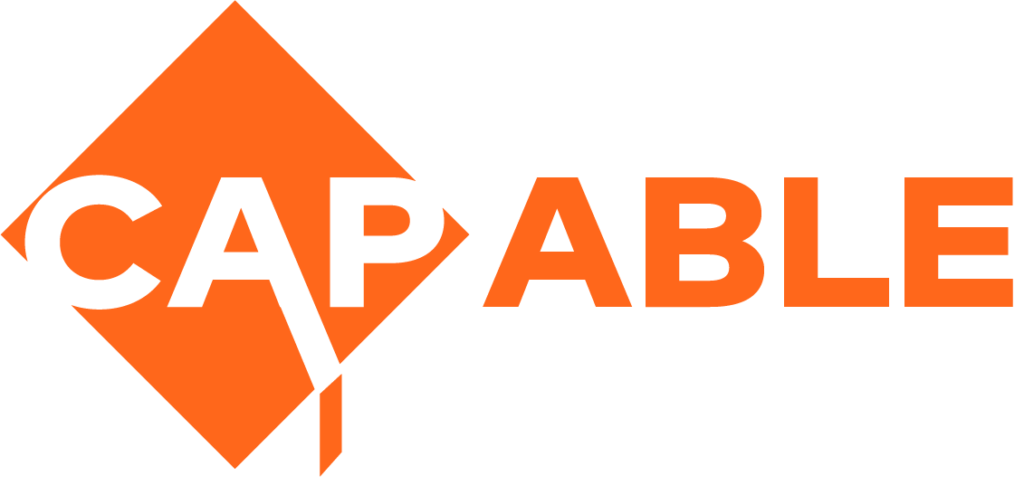Intro: Barriers faced by people with disabilities
What are Barriers?
Barriers are circumstances and/or obstacles that keep marginalized people from accessing opportunities, participating in activities and performing at the same level as other people without disabilities. For example, people with disabilities may not be able to do the same activities as others, but if the surroundings and people are welcoming to them, it should not be a problem.
People with disabilities can experience barriers in education, work, social life and at home. The barriers may differ per person as people with disabilities have different types of impairments, but also other differences in other characteristics, such as being a woman, or their refugee status.
4 Type of Barriers
Attitude
when people think negatively about people with disabilities
A common view in communities is that people with disabilities are not capable and cannot support themselves; or that including people with disabilities is too much work.
These negative views lead to prejudice, negative assumptions, discrimination and stigma. As a consequence, people with disabilities may not be admitted in school, or if admitted, may not be supported to excel.
Beyond education, communities may leave people with disabilities out of activities and decision making, thus excluding them from society.
Communication
Whether people with disabilities can access information and can share their ideas and feelings
Communications can be disabling especially for those with sensory (hearing/visual) and intellectual impairments – for people with hearing impairments, if there’s no sign language; for those with visual impairments if there is no braille on written documents or digital formats that can be read with speech software.
Difficult language can be a barrier to some people with learning disabilities.
Accessibility
Whether someone is able to access a building or service.
People with disabilities, especially those with physical, visual and multiple impairments may encounter accessibility barriers in areas such as:
- public transport
- shops and marketplaces
- hospitals and clinics
- offices and factories
- schools and housing
- sport and playgrounds
- places of worship
Policies or Participation
When people with disabilities are not able to take part because rules and regulations exclude or discriminate them.
For example; in a higher education institution, if there is no disability policy that mentions non-discrimination on basis of disability status and clearly stipulates that accommodations should be offered as needed to enable them to fully participate in learning and other aspects of university life, people with disabilities may face difficulties and be left out of a number of activities.
Not only do the laws and policies exclude, but often also people with disabilities are not consulted or are not represented in leadership or management positions and in other decision making bodies.
Other Links
RECEIVE OUR UPDATES
- →
-
Chat with Us!
Do you have a comment, suggestion, question or request for more information? Let us know!

